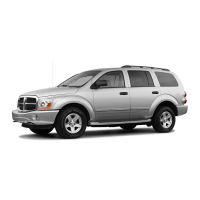
Do you have a question about the Dodge 2005 Durango and is the answer not in the manual?
| Brand | Dodge |
|---|---|
| Model | 2005 Durango |
| Category | Automobile |
| Language | English |
Guidance on using the manual by consulting the table of contents and index for desired information.
Important safety warnings and cautions regarding vehicle operation and potential hazards.
Information on locating the vehicle identification number (VIN) and its importance.
Warning about how modifications could affect vehicle safety and roadworthiness.
Information on vehicle keys, ignition lock system, door locks, and remote keyless entry features.
Details on seat belts, airbags, knee bolsters, and other safety restraint systems for occupants.
Guidelines for installing and using child restraint systems, including LATCH and rearward-facing seats.
Guidance on the recommended break-in period for the engine and driving suggestions.
Information on adjusting and using interior and exterior mirrors, including automatic dimming and folding features.
Details on the voice-activated, hands-free communication system for making calls and managing phonebook.
Instructions for adjusting manual and power seats, lumbar support, head restraints, and heated seat functions.
Overview of features found in the overhead console, such as courtesy lights and garage door opener.
Overview of the instrument cluster gauges, including fuel, temperature, and warning lights.
Explanation of common indicator and warning lights in the instrument cluster for systems like ABS, airbags, and fuel.
Instructions for operating the radio, CD player, and adjusting audio settings like tone, balance, and fade.
Details on manual and automatic climate control operation, including blower, mode, and temperature settings.
Steps for starting the engine, operating the automatic transmission, and understanding gear ranges.
Guidance on tire safety, markings, inflation pressures, rotation, and general maintenance.
Information on recommended fuel octane ratings, reformulated gasoline, and precautions for handling fuel.
Operation of traction control systems and four-wheel drive modes, including transfer case instructions.
Instructions for using the hazard warning flasher system in emergency situations.
Detailed steps for locating the jack and performing a flat tire change safely.
Safety precautions and step-by-step instructions for jump starting a vehicle with a discharged battery.
Guidelines for towing disabled vehicles, including procedures for 2WD and 4WD models.
Diagrams showing the location of major components in the engine compartment for different engine sizes.
Procedures for checking engine oil level, selecting the correct oil, and replacing the oil filter.
Steps for inspecting, draining, flushing, and refilling the cooling system, including coolant type recommendations.
Information on brake system components, including disc brakes, master cylinders, and hoses, and their maintenance.
Recommended maintenance intervals for vehicles operated under severe conditions like stop-and-go traffic or trailer towing.
Recommended maintenance intervals for vehicles operated under normal driving conditions.
Steps to take when storing the vehicle for extended periods to minimize battery drain.
Suggestions for preparing for service appointments and making reasonable requests to service advisors.
Information on new vehicle warranty coverage, transfer, and the benefits of using genuine Mopar parts.
Instructions on how to report vehicle safety defects to NHTSA (US) or Transport Canada.
Information on how to order service, diagnostic, and owner's manuals via website or phone.

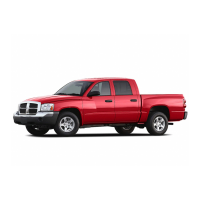
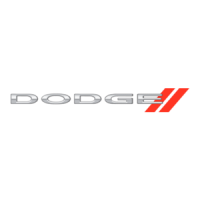
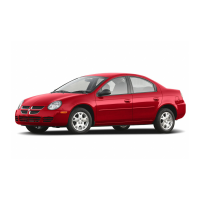
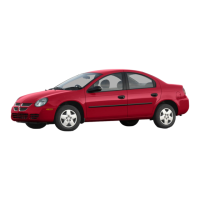
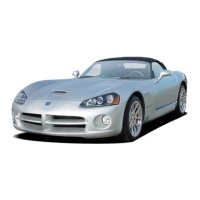


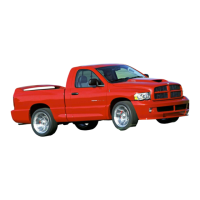
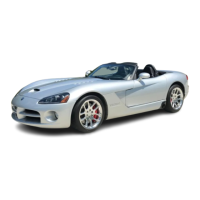

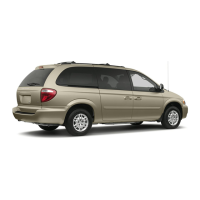
